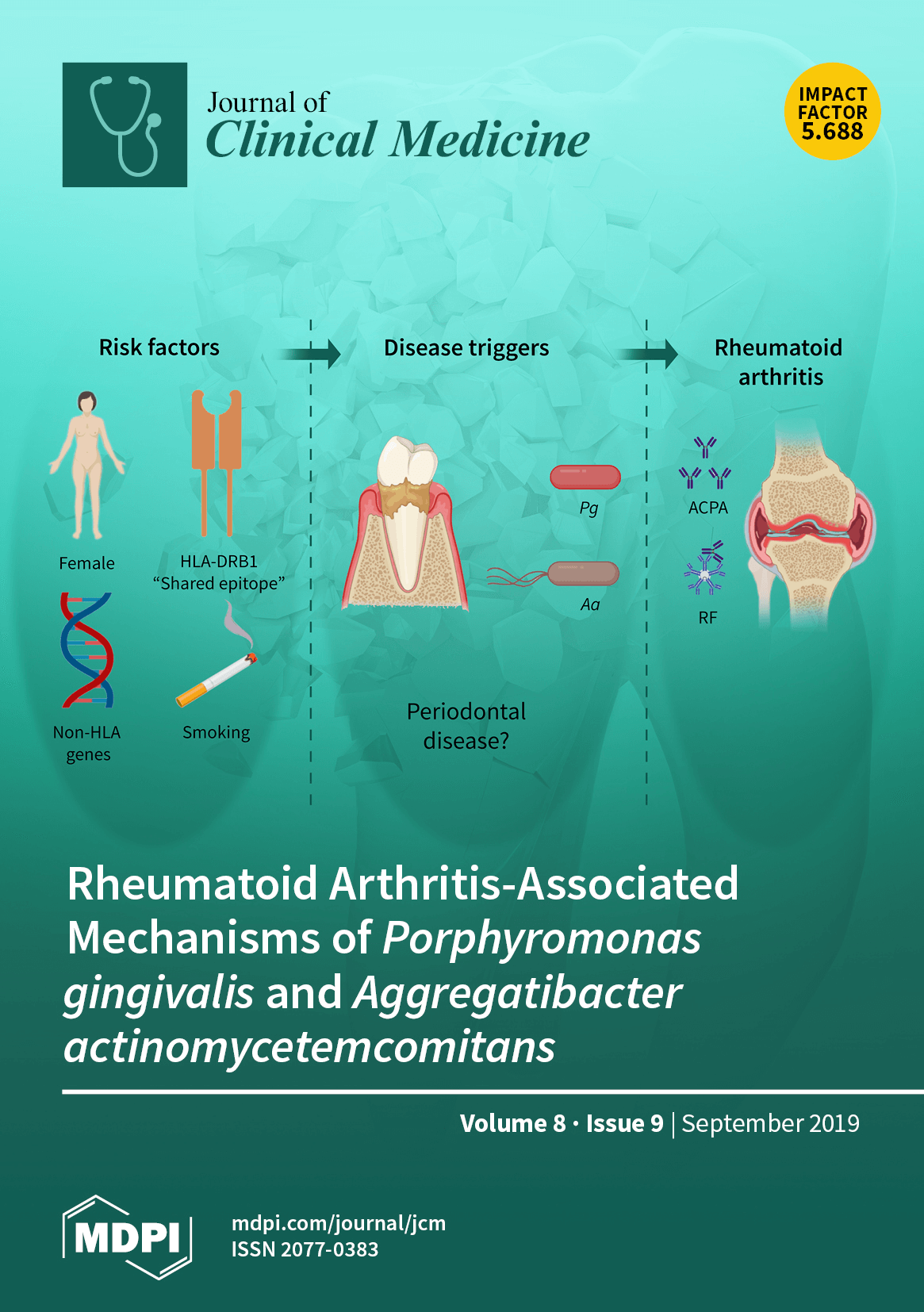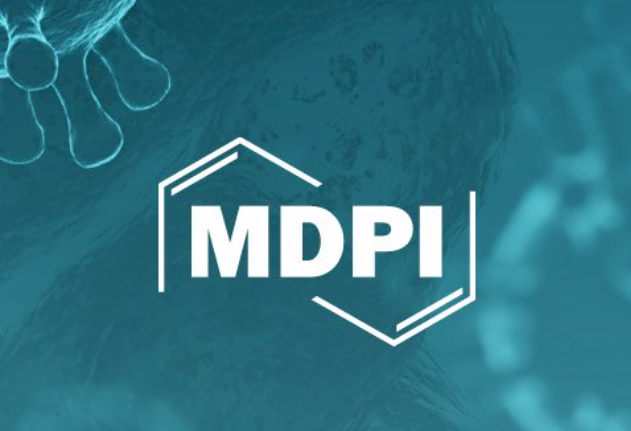ARTICOL ORIGINAL
In aprilie 2019 am publicat un articol original cu titlul „A Retrospective Study of the Diagnostic Accuracy of In Vivo Reflectance Confocal Microscopy for Basal Cell Carcinoma Diagnosis and Subtyping” in revista Journal of Clinical Medicine (factor de impact 5,583), devenind astfel articolul cu cel mai mare factor de impact publicat de grupul nostru pana in momentul de fata.
Tin sa le multumesc pe aceasta cale tuturor celor ce au contribuit la materializarea acestei lucrari.

Din abstract:
„Current national and European guidelines recommend distinct management approaches for basal cell carcinoma (BCC) based on tumor location, size, and histopathological subtype. In vivo reflectance confocal microscopy (RCM) is a non-invasive skin imaging technique which may change the diagnostic pathway for BCC patients. This study aimed to determine the sensitivity and specificity of RCM for BCC diagnosis, assess the predictive values of several confocal criteria in correctly classifying BCC subtypes, and evaluate the intraobserver reliability of RCM diagnosis for BCC. We conducted a retrospective study in two tertiary care centers in Bucharest, Romania. We included adults with clinically and dermoscopic suspect BCCs who underwent RCM and histopathological examination of excision specimens. For RCM examinations, we used the VivaScope 1500 and histopathology of the surgical excision specimen was the reference standard. Of the 123 cases included in the analysis, BCC was confirmed in 104 and excluded in 19 cases. RCM showed both high sensitivity (97.1%, 95% CI (91.80, 99.40)) and specificity (78.95%, 95% CI (54.43, 93.95)) for detecting BCC. Several RCM criteria were highly predictive for BCC subtypes: cords connected to the epidermis for superficial BCC, big tumor islands, peritumoral collagen bundles and increased vascularization for nodular BCC, and hyporefractile silhouettes for aggressive BCC. Excellent intraobserver agreement (κ = 0.909, p < 0.001) was observed. This data suggests that RCM could be used for preoperative diagnosis and BCC subtype classification in patients with suspected BCCs seen in tertiary care centers.”
Acest articol stiintific original este open source si poate fi descarcat si citit in intregime accesand site-ul jurnalului la: https://doi.org/10.3390/jcm8040449



